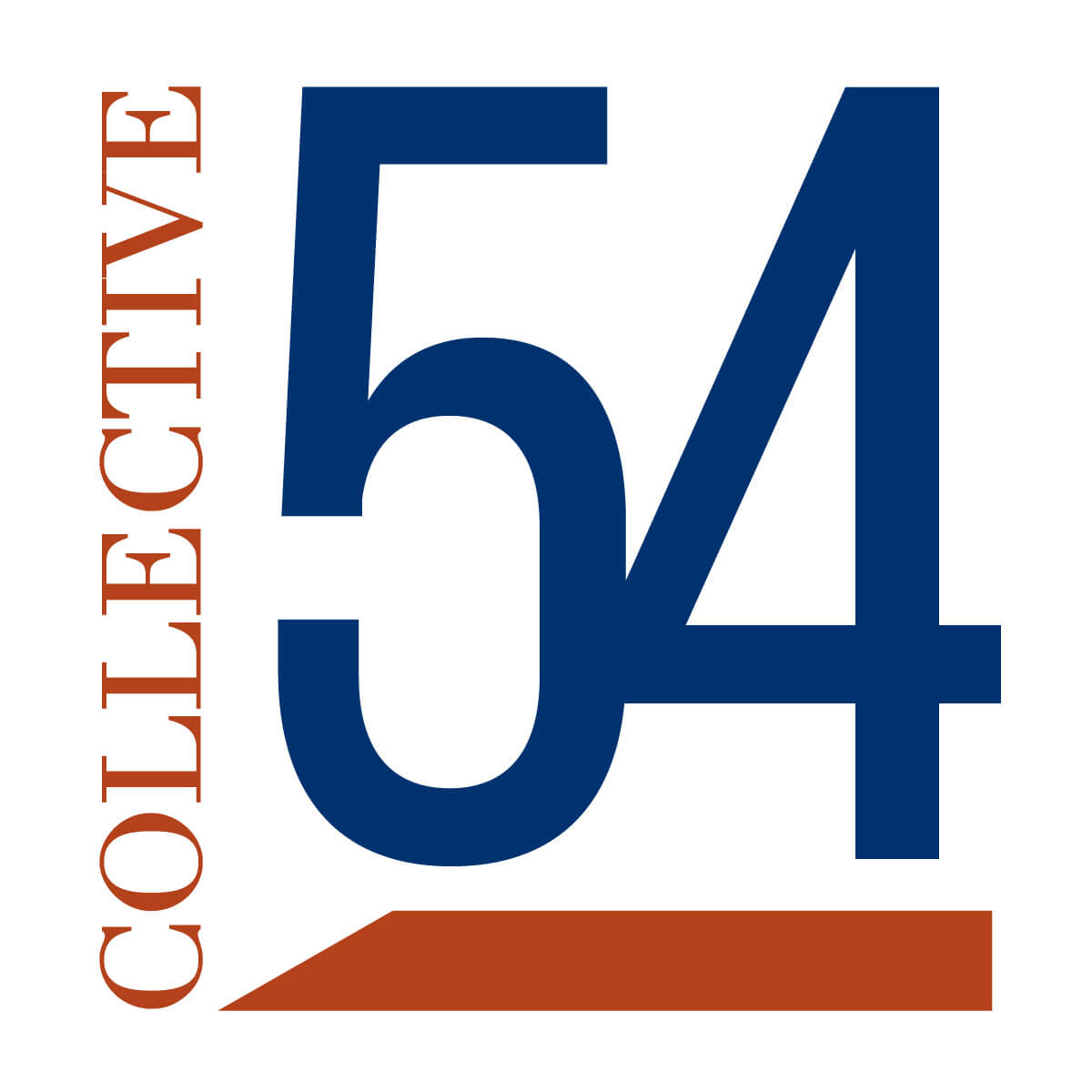4 Steps to Cut Costs in a Professional Services Firm

No one likes to talk about cutting costs. It is more fun to talk about revenue growth. Yet owners and operators of professional service firms need to stay on top of their cost-cutting measures. Otherwise, they will find it challenging to see the profit growth they seek.
Before diving into some ways to cut costs without cutting performance, excellence, reputation, or anything else that matters, let’s look at the difference between the owner versus operator mindset.
Owners of professional service firms are excellent at managing costs and have the margins to prove it. Operators of professional service firms, on the other hand, struggle with cost management — and also have the margins to prove it.
Which are you, an owner or an operator? Many of my readers are both. However, most of my readers are over-invested in revenue growth and under-invested in cost management.
This post is dedicated to balancing this out. It gives you four cost management techniques that, when used properly, will cut your costs and improve your margins with no impact on client satisfaction.
How to Reduce Operating Expenses in Business: A Four-Pronged Strategy
Below are the most reliable business cost-cutting ideas designed to appeal to both the owner and operator mindset.
1. Apply value engineering as a first-step solution.
Value engineering can be defined as extracting high-cost materials and replacing them with low-cost materials without changing the solution or outcome for the client. For example, high-cost materials in professional services are senior employees — who are expensive. Low-cost materials are junior employees who are less expensive.
Re-engineering how you deliver the service to your client so that juniors can replace seniors can significantly cut your costs and improve your margins. An illustrative example of value engineering can be found in the IT sector. Many software development firms leverage offshore, and nearshore, talent to reduce their costs.
2. Try integration to reduce out-of-control spending.
Integration can be defined as reducing the cost of maintaining a complex project by integrating its many disparate elements into a single centrally managed project. For instance, pro-serv firms can have multiple projects underway inside a single account. Each project might have a project manager reporting to a program manager. The project managers are responsible for their individual projects. But the program manager is responsible for all the projects and integrating them into one solution for the client. And the program manager reduces the cost to serve the client by eliminating redundancies.
Consider another example: A marketing agency is on retainer for a client to generate sales leads. There are multiple lead generation projects launched, including SEO, content marketing, referral generation, advertising, public relations, and social media. Each of these projects is run by a project manager (or campaign manager). These project managers “roll up” to a program manager who integrates the activities. As a result, waste is eliminated. The program manager is skilled at repurposing work and thus eliminating waste.
3. Refine your processes and core workflows.
A process can be defined as the steps taken to deliver work for a client. Many small service firms do not have standardized processes. Instead, each project is a one-off piece of custom work. This is an expensive way to run a firm.
Improving a process can improve margins by extracting waste from the production process of delivering for the client. Often, there are many non-value-adding steps in the workflow that are done out of habit and that can be eliminated. The most famous example of refining processes is the Toyota Production System, which is the manufacturing process used by automaker Toyota.
4. Lean into value migration.
Value migration can be defined as redirecting the service offering of a firm away from a commodifying aspect of an offering to one of richer margins. Skills, knowledge, and expertise move along a value curve. In the beginning, the expertise is not widely available and is highly valued by a client. Over time, expertise becomes widely available and, therefore, less valuable to a client. In effect, supply and demand balance eventually.
An owner of a boutique needs to stay ahead of this, sunsetting commodifying offerings and replacing them with high-value offerings. For example, firms used to have receptionists answering phones. Today, we just use voicemail.
The Impact of Putting Cost-Cutting Into Routine Practice
The main impact of these aforementioned business cost-cutting ideas is obvious. You, the owner of the firm, will make more money if you lower your costs. However, there is one more impact that I want to point out: The four techniques will make your firm worth more when (someday) you sell it.
How do I know this? Well, part of due diligence is to produce a quality of earnings (QOE) analysis. A QOE establishes the true earnings before interest, taxes, depreciation, and amortization (EBITDA) of your firm. Prices for boutique pro serv firms are determined by putting a multiple on EBITDA.
For example, if your firm did $3 million in EBITDA and the market assigned a 10x multiple, your firm would be worth $30 million. The four cost-cutting techniques in this post will increase your EBITDA and therefore make your firm worth more.
Listen to Episode 111 of my podcast which provides a quick understanding of how a QOE is executed.
How Can Businesses Cut Costs With the Help of Collective 54?
As the first mastermind community for boutique professional service firms, Collective 54 collects benchmarking data from its membership. One metric we track is margins in all forms: gross margins, EBITDA margins, net operating income, etc.
Our tracking process allows members to compare how much money they are making versus how much money their peer group is making. There have been many instances whereby a member thought they had to live with a low-margin business. Why? They believed the margins available were hard-wired by established industry norms and there was nothing they could do.
When they saw comparable firms earning more than they did, they immediately asked, “What are you guys doing to make that much?” Most often, the peers responded by discussing the four cost-management techniques noted above. Peer-to-peer conversations like those naturally lead to new ways of doing things and higher incomes for the owner and operators of our members. This is the power of data-driven peer learning at Collective 54.
It’s time to see yourself as an owner motivated to increase distributions and an operator who resists staying in the weeds and missing cost-cutting opportunities. Rebalance yourself and be a true owner-operator. When you do, you’ll discover the path to faster, more practicable professional firm growth.

